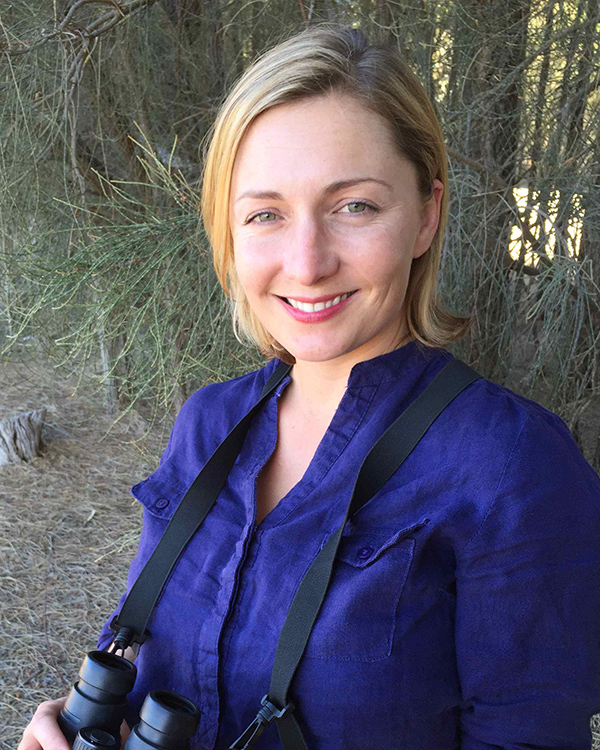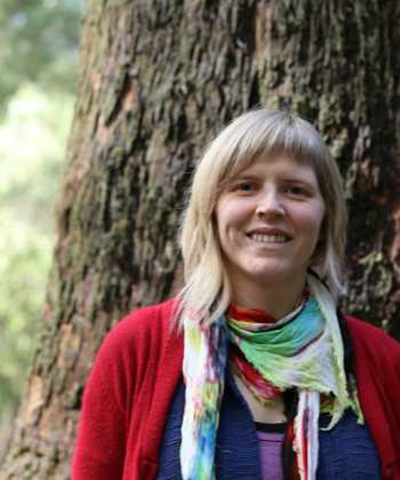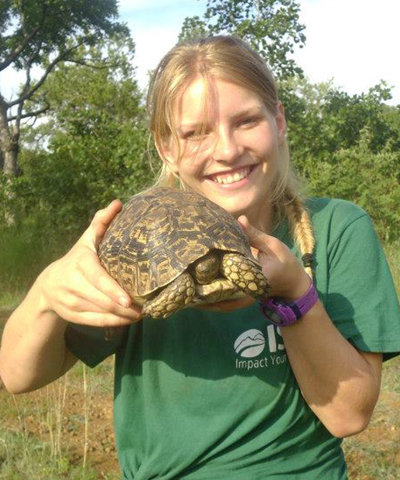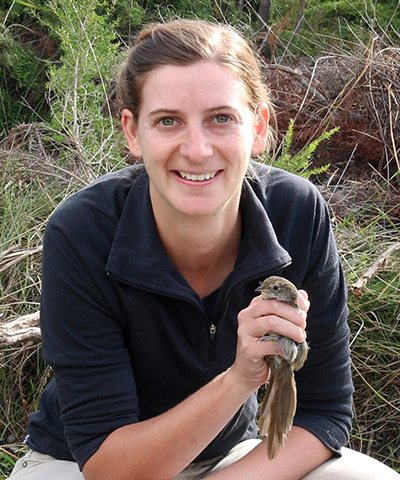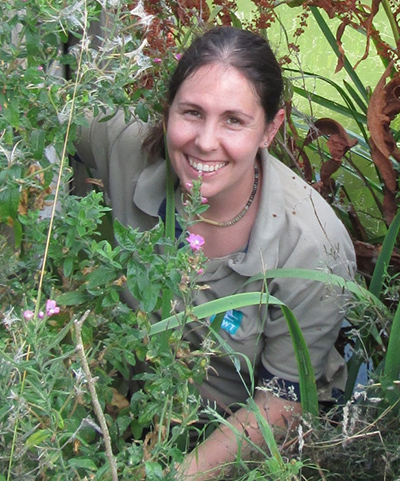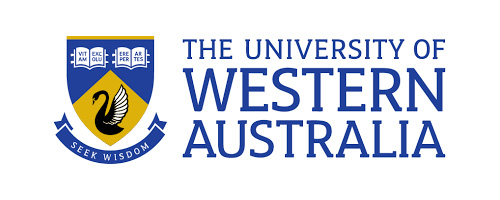
Project: 7.8
Translating research findings on offsets and strategic assessment to practice and policy
Project Leaders: Martine Maron , Heini Kujala
Research in Brief
This project will translate the findings from Project 5.1 and its subcomponents to a series of user-friendly videos. These explanatory videos will step viewers through the key technical principles and concepts involved in offset design and delivery, as well as the key principles of strategic planning. In addition, the project will develop tools to support offset assessments, particularly for scoring habitat quality and estimating risk of condition decline. These outputs will be co-developed with practitioners and decision-makers from government agencies, consultancies, land owners and managers, and peak bodies.
Why is the research needed?
Biodiversity offsetting and strategic planning are two of the main tools available for mitigating unavoidable impacts of development on biodiversity and threatened species. Australia is a leader in developing improved approaches for offsetting and strategic planning. Nevertheless, the concepts and methods involved can be complex and unintuitive, and information often scattered across scientific and grey literature.
There is a clear need for accessible guidance on how to design and implement a robust offset that achieves a genuine ‘no net loss’ or ‘improve or maintain’ outcome for the threatened species or community it targets, and how to tie landscape level planning and offsets more closely together.
This project has emerged from discussions with the Department of the Environment and Energy and the Queensland Department of Environment and Science.
 Koala. Photo: Diliff CC BY-SA 3.0 Wikimedia Commons
Koala. Photo: Diliff CC BY-SA 3.0 Wikimedia Commons
How can the research help?
This work will benefit the ongoing improvement of the design and implementation of offset policy across Australia, and as such, it has the potential to benefit any species and ecological communities for which impacts from development trigger offset requirements under state or Commonwealth policy and regulation (and guide investment in their management). We will develop guidance on estimating impacts and offsetting needs for threatened species and communities, both at site and broader landscape level. In addition, we will extend the decision support tool on risk of loss developed as part of Project 5.1 to help guide decision-making around species habitat and risk of loss of ecological condition. This will be done to help provide guidance on species identified as priority challenges by assessment staff in the Department of Environment and Energy.
Case study species, such as the ground parrot, green and golden bell frog, koala and king bluegrass will be used to illustrate how the decision-support tools and guidance developed can be applied across MNES.
What research activities are being undertaken?
There will be two main sets of outputs developed in conjunction with end-users:
- We find that by far the most effective way to communicate what are often quite complex or unintuitive concepts and approaches is to step through them with research users and practitioners in the form of a discussion or interactive presentation. We aim to develop a series of short videos with simple animations that outline the key concepts in the process of performing an offset. While these will cover the critical steps and concepts involved in any offset exchange, they will be neutral in terminology – they will not be branded as relating to a specific policy and so can provide general guidance for policy and its application at any level of government.
- Assessment officers often receive generic condition scores for sites affected by impacts and offsets, and while this information is useful for understanding the condition of an ecological community at a site, it is often not very useful for a) estimating the habitat quality of a site for a particular fauna species – many of which might live in apparently degraded ecosystems or even anthropogenic habitat such as farmland;
b) making judgements about the likely future ecological condition at a site with and without management; or for c) putting the expected impacts and management outcomes on that site on the broader, landscape level context. Drawing from species experts and research findings from across the Hub, and extending the approach developed for risk of loss of a site in Project 5.1, we will develop decision trees and simple guidance on how to make decisions in the information-poor environments faced by assessment officers.
Each of these products will be co-developed with research users in policy and assessment sections of the Department of Environment and Energy, the Queensland Department of Environment and Science, and other state agencies, along with environmental consultants who work with industry. This co-development will involve several stages of significant interaction: 1) canvassing the key issues for which this guidance will be most valuable; 2) agreement on the set of issues to be developed as videos; 3) testing of draft videos and guidance, with modification reflecting feedback, to ensure end products are fit-for-purpose.
Who is involved?
The project is being driven by researchers based at The University of Queensland, The University of Melbourne and RMIT University in consultation with Commonwealth
and state environment departments across Australia.
Where is the research happening?
The research is applicable to all listed threatened species and ecological communities across Australia.
When is the research happening?
The project will run from January 2019 to June 2021.
Further Information
For more information please contact:
Martine Maron - m.maron@uq.edu.au
Top image: Green and golden bell frog (Litoria aurea). Photo: Adam Parsons
-

Introduction to biodiversity offsetting - the basics of what biodiversity offsetting involves
Wednesday, 02 June 2021 -

Why do we offset? – under what circumstances might be consider a biodiversity offset
Wednesday, 02 June 2021 -

What do we offset? – how do we describe and measure biodiversity for the purposes of offsetting
Wednesday, 02 June 2021 -

Calculating losses and gains – how to estimate the amount of gain from an offset
Wednesday, 02 June 2021 -

Uncertainty, time lags and multipliers – adjusting estimates of gain from an offset
Wednesday, 02 June 2021 -

Offset rules – setting constraints and requirements to help make offsets more effective
Wednesday, 02 June 2021 -

Spatially strategic offsets – coordinating offset actions for greater benefits
Wednesday, 02 June 2021 -

Monitoring & evaluation – tracking the performance of individual offsets and offset programs
Wednesday, 02 June 2021
